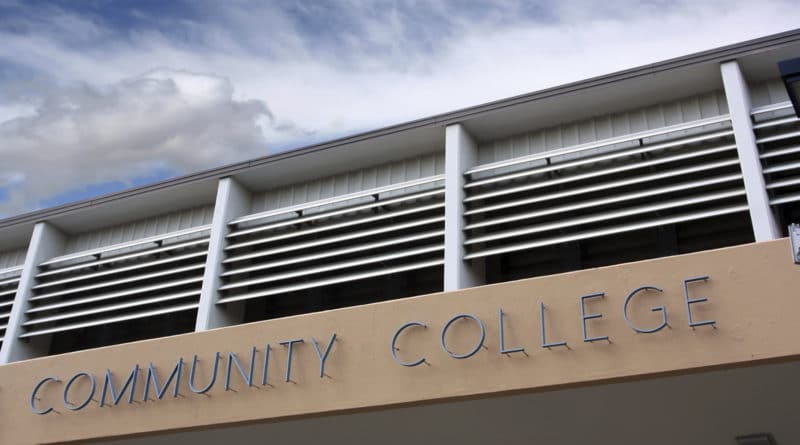Giving America An Effective Workforce: Why Community College Matters
SOURCE: Milton Ezrati, Contributor, Forbes
When it comes to making the most of this country’s existing talent base, the best move for both the population and the economy would abandon the present policy emphasis on college for all. Offering vocational training as a recognized and respected alternative career route will create a workforce with the skills the economy will increasingly need, many of which colleges and universities simply cannot deliver. In so doing, the cultivation of a vocational option will also avoid waste in the present system by offering otherwise talented people work and training options that are better suited to their inclinations than college does.
The ill use of money and effort is plainly evident in the statistics on college attendance and graduation. According to a study completed not too long ago by the Department of Education, some 60% of those finishing middle school will eventually attend either a 4-year or 2-year post-secondary institution. Only slightly over half these will graduate. Of those who get their degree, over 40% will fail to find a job requiring their degree, leaving only 16% of the original population to achieve the promise of a degree for themselves and for society. The rest get little benefit and, very likely, considerable debt. The figures lead to at least two conclusions: First, the emphasis on college wastes public and personal resources for a majority of those involved. Second, the push for everyone to go to college induces a flow of people who do not belong there, either because of temperament or ability, people who might serve themselves and society better by following a vocational track.
Yet, presently the country hardly offers a vocational alternative for this majority. Unlike most of the rest of the developed world, American high school students have few productive vocational options. Most of what the high schools teach in this area fails to offer a credential recognized in the job market. Indeed, a recent study of the subject by the Organization for Economic Cooperation and Development (OECD) failed even to describe vocational alternatives in the United States, noting that a mere 6% of American students go directly from vocational training into the workforce, a figure far below most of the rest of the developed world.
If anything, the dollar accounting reveals the waste in the present system even more clearly. Between 1985 and 2014, the most recent year for which complete statistics exist, funding for K-12 plus college almost doubled. In contrast, public funding for vocational education during this nearly 30-year stretch actually fell. As of 2014 states spent some $70 billion a year on their university systems plus $10 billion in grants for tuition. (Students foot the bill for the balance.) The federal government spent some $19 billion on loan subsidies and $28 billion in Pell grants, which up until the past year or so were only applicable to college. None of these immense flows were available for vocational training. The average college-bound student can expect the taxpayer to dedicate $15,000 a year on him or her through high school and $6,000 a year through college in a public university plus about $5,000 for Pell grants. That amounts to an accumulation of about $100,000. For vocational training, that student can expect nothing after high school.
Under this system, college is not a choice; it is an ultimatum.
Nor do the available data necessarily support the popular official and unofficial claims that college is a best route to a rewarding career. The typical comparison touting college points out that an average college graduate will command an annual salary of about $58,000, while those with only a high school degree will command $34,000. But the picture changes if the calculations include an adjustment for the academic standing of those involved. The bottom half of college graduates command annual salaries of only between $28,000 and 58,000, where the top half those with only a high school diploma command annual salaries of between $34,000 and 70,000. The averages favor college, but they hide how a talented worker can do well despite the lack of college. To be sure, talent with college can go still further, but only if the college track suits the individual in question.
None can doubt that some careers demand the fruits of a good college education and more. But many jobs that otherwise require skill and intelligence and that pay well do not. Employers have insisted on college for many jobs that really do not require it because they do not trust the quality of a high school diploma and, in the absence of a vocational track, have no other basis to judge. The nation could serve its economy, its employers, and its workers by offering an effective vocational alternative and reallocating some of the college-linked largess to other sorts of training.
Ezrati writes on markets, economics, and is senior economist for the NY communications firm, Vested https://fullyvested.com. Check out his blog https://bitesizeinvesting.com.
https://www.forbes.com/sites/miltonezrati/2019/03/21/giving-america-an-effective-workforce/#4ba19c393250

